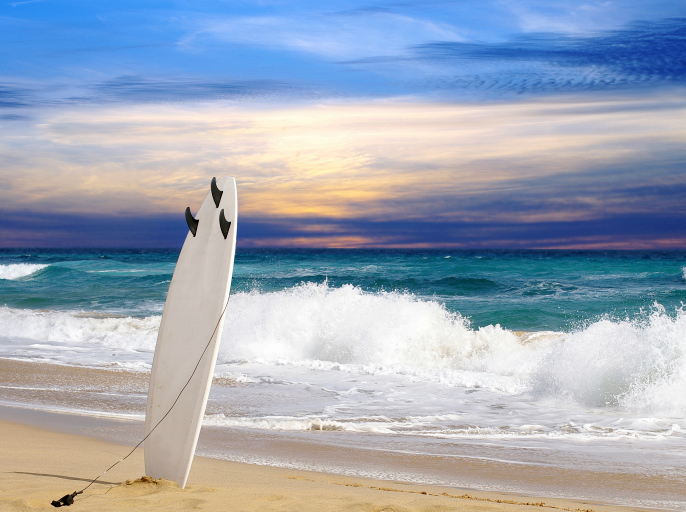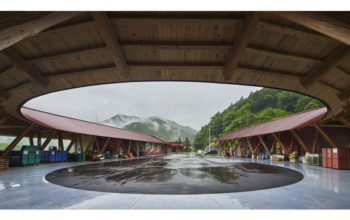“Surfers and the marine life of the coasts have a lot in common – including that they depend on the ecosystems that make their lives, or sport, possible.“
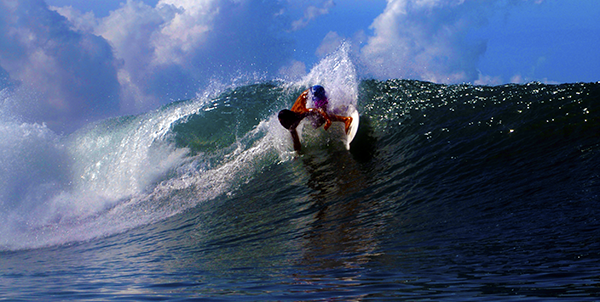
The following written content by Isabella Kaminski
Tucked up in the far north of Peru you’ll find Lobitos, a quiet coastal town known as one of the country’s best places to surf. Its seven wave breaks crash and glide onto sandy beaches and rocky outcrops, and its sunsets are legendary. But the waves that draw crowds of surfers each year aren’t just revered by those who ride them – their protection is enshrined in law.
In 2014, the ground-breaking Ley de Rompientes, or “law of the breakers”, came into effect, making Peru the first country in the world to give its waves legal protection. Under the law, the development of infrastructure, oil and gas exploration and fishing activities that could harm top-quality surf spots were restricted. More than once it has halted activity in Lobitos that risked disturbing the waves. The law has been seen as so effective that surfers in Chile are now campaigning for their own version.
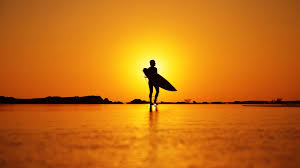
Surf spots have proven to be highly emotive when it comes to preserving Peru’s coasts. “People take it very personally, and even go physically to stand in the place to stop the machinery from removing the soil whenever these constructions have happened,” says Alejandro Pizarro, director of research and communications at Lobitos-based charity EcoSwell. “It’s a very tight-knit community.”
But Peru’s law of the breakers wasn’t just based on affection for these beauty and sporting spots, but a recognition that they contribute to the surrounding area economically and environmentally. From the United States to Bali, a wave of evidence is building that suggests surfing can be surprisingly beneficial to the coastal ecosystem.
Surfonomics
The idea of using economics to assess the value of surfing resources, branded “surfonomics”, has been around for a little over a decade. An early study in the field centred on Mavericks in California, a famous break that throws up waves of 10-30ft (3-9m), and draws in huge crowds of spectators.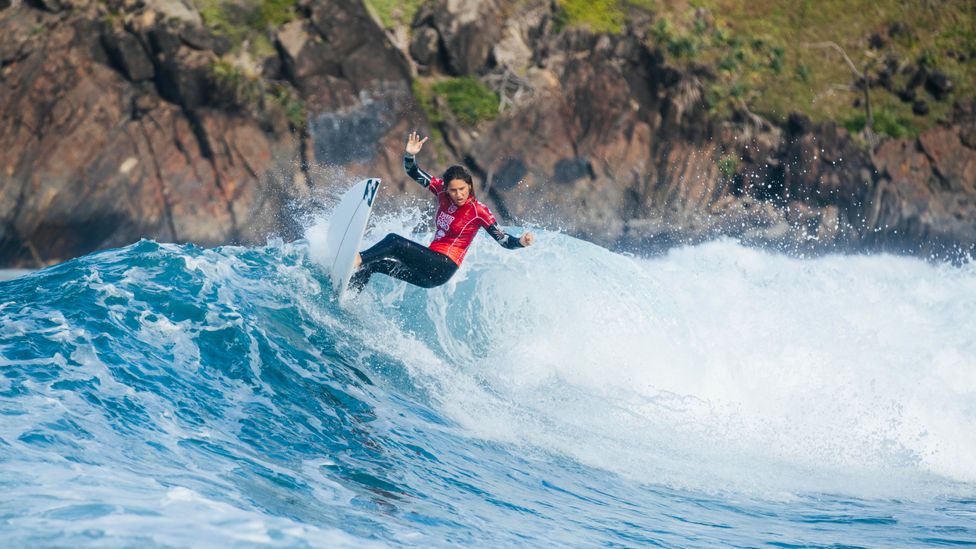
Those who love riding the waves can have a huge influence on the coastal ecosystems around them (Credit: Getty Images)
Big wave surfer João de Macedo, a campaigner who was involved in the research, says Mavericks already had legal protection as a national marine sanctuary, but surfonomics “was something that when you talk to a politician [they could use to] justify conservation in a more practical way”. The net economic value of Mavericks was finally estimated at about $24m (£17m) a year filtering through its local tourism industry. Read more from BBC Future Planet.
Subscribe here
Here’s some best surfing clips of the past:

